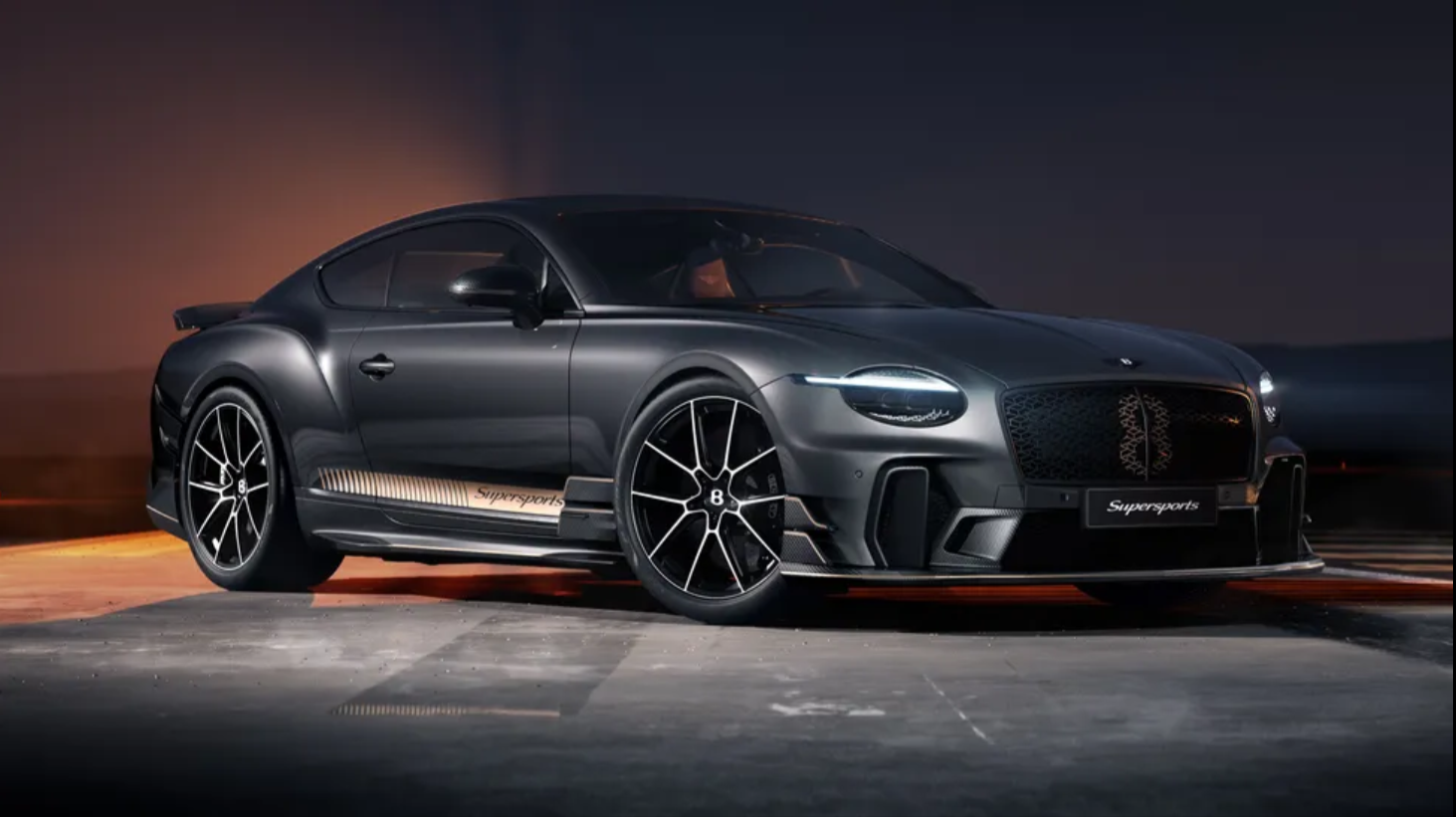Aston Martin has unveiled a brand-new racing vehicle that is acceptable for use on public roads. Introducing the Valiant, an aerodynamic supercar based on the already amazing Valour coupe from the firm. Upholding Aston's maxim that large engines are what consumers desire, it employs a twin-turbo V-12 with more than 730 horsepower. Additionally, it is mated to a manual six-speed gearbox.
Consider the Valiant to be the Aston Martin 911 GT3 RS in scale. It's a more aggressive, athletic version of the Valour that prioritizes performance above comfort. The Aston Formula 1 driver Fernando Alonso is credited with coming up with the concept, according to the firm, when he requested a car similar to this on a personal commission.
As a result, the Valiant boasts an abundance of aerodynamic accessories, such as a fixed rear wing, a redesigned front end with a massive splitter, and an enormous diffuser. The whole bodywork is composed of carbon fiber and has been modified to enhance airflow. Inspired by Aston's RHAM/1, which competed at Le Mans in the late 1970s, the 21-inch magnesium wheels are wrapped in a pair of aero discs to enhance the aerodynamics around the vehicle. A set of 16.1-inch front and 14.1-inch rear carbon-ceramic brakes are hidden behind them.
Under the epidermis, there are even more alterations. Combining a lightweight lithium-ion battery, a titanium torque tube, and a 3D-printed rear subframe, the Valiant reduces weight by 23 kilograms. Instead of using the Valour's original suspension, Multimatic Adaptive Spool Valve (ASV) dampers have been installed. According to Aston, these very sophisticated devices are "capable of simultaneously adjusting each damper to one of thirty-two discreet damper curves in less than six milliseconds." It's the kind of ultra-luxurious equipment found on contemporary IndyCars, the Ferrari Purosangue, and the Ford Mustang GTD.
The Valiant's 5.2-liter twin-turbo V-12 engine produces 735 horsepower, which is 30 more than the Valour's. According to an Aston representative, torque is limited by the gearbox and remains at 750 Nm of torque. For improved weight distribution, the transaxle housing the six-speed is positioned in the rear. The limited-slip differential is a fully mechanical component, much like in the Valour.
Four-point harnesses, a set of Recaro Podium bucket seats, and a half-cage are among the race-ready accessories fitted to the Valiant's cabin. Additionally, there is an exposed shifter linkage, Alcantara trim, and carbon fiber inside. Aston claims that by using a new weighted knob designed specifically for the Valiant, the shift sensation and effort have been improved.
There are just 38 Valiants that Aston Martin will produce, and they are all already reserved. Options will determine the pricing for each unit, although the average transaction price will be around £2 million (or $2.5 million at the current currency rate). The first sample is anticipated to be delivered to Alonso in the fourth quarter of 2024.
The vehicle will make a splash at the July Goodwood Festival of Speed.





















.jpg)


.jpeg)

.jpeg)
.jpeg)

